While fishing gear makes up almost half of the Great Pacific Garbage Patch, other plastics are present as well and together form a growing mass that threatens sea life.
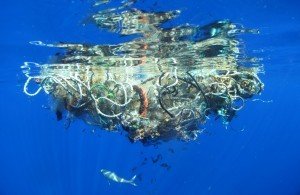
Photo Credit: Flickr Creative Commons
Once thought to be made up mostly of plastic bottles, the Great Pacific Garbage Patch is a huge floating accumulation of garbage in the Pacific Ocean between Hawaii and California. A recent study of the area showed that old fishing nets, along with ropes, traps, baskets, and crates from the fishing industry actually make up 46 percent of the garbage in the Great Pacific Garbage Patch. The rest is an assortment of large pieces of plastic debris and small plastic pieces, known as microplastics.
This new study, published in “Scientific Reports,” also reports that the Great Pacific Garbage Patch has grown in size to be three times the size of France, and that the plastic pollution levels have been growing as well since the 1970s when measurements were first made. An analysis of the plastic and aerial scans done of the area caused the oceanographers who did the study to estimate that the Great Pacific Garbage Patch now contains at least 79,000 tons of plastic and takes up more than 617,000 square miles of the Pacific Ocean. By comparison, the state of Texas is only 268,597 square miles. However, it cannot be seen from space, as some reports have claimed…at least not yet.
Environmental Threat

Sea turtle caught in fishing net off Costa Rica
If you have thought about climate change and its effect on increasing the ocean water temperature and causing a rise in the sea level, you may want to compare the effect with that of plastic pollution. A report in “Foresight Future of the Sea” predicted that by 2050, plastic pollution will triple. Evidence of what the plastic does to the creatures of the sea, their ability to move, and beach pollution was uncovered by the researchers. They reported that this type of pollution seen in the Great Pacific Garbage Patch is a main environmental threat to the ocean and marine life.
Humans and the Ocean
The Ocean Cleanup, a Dutch non-profit organization that collected the data for the recently published report on the Great Pacific Garbage Patch, also reported that the chemicals in the plastic are found in fish in the Pacific Ocean and are passed along to the larger sea creatures and humans who eat the fish. This vicious circle was started by humans who threw plastic bottles into the gutter where they were washed into the storm drains and eventually reached the ocean. Huge whirlpools created by colliding ocean currents suck the garbage in and spread it across beaches, costing billions of dollars in cleanup costs in addition to the harm it causes when ingested by animals.
What Can We Do
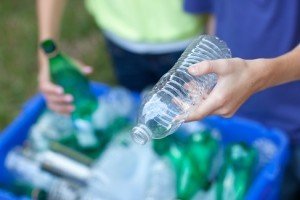 The researchers have provided valuable information about the Great Pacific Garbage Patch which they hope to use to develop new technology to clean up the pollution. They now know that the Great Pacific Garbage Patch is growing faster than ever imagined, and action must be taken now. We can all help by not littering the ocean with our plastic cups and bottles, recycling to keep plastics out of landfills, and spreading the word about plastic pollution’s effects on human and marine life.
The researchers have provided valuable information about the Great Pacific Garbage Patch which they hope to use to develop new technology to clean up the pollution. They now know that the Great Pacific Garbage Patch is growing faster than ever imagined, and action must be taken now. We can all help by not littering the ocean with our plastic cups and bottles, recycling to keep plastics out of landfills, and spreading the word about plastic pollution’s effects on human and marine life.
Cleanup of such a massive area of plastic pollution as the Great Pacific Garbage Patch can’t be done easily or quickly, but keeping more garbage out of the ocean is important, and that’s something everyone can help do.

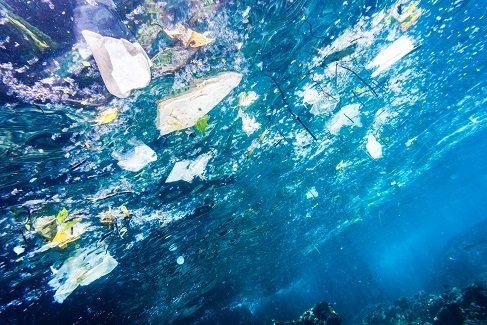
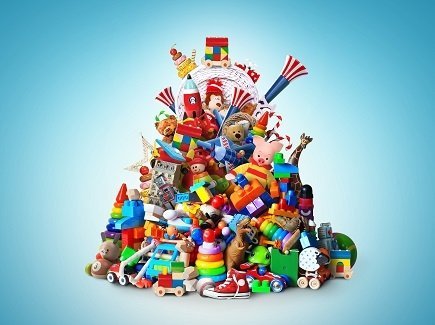
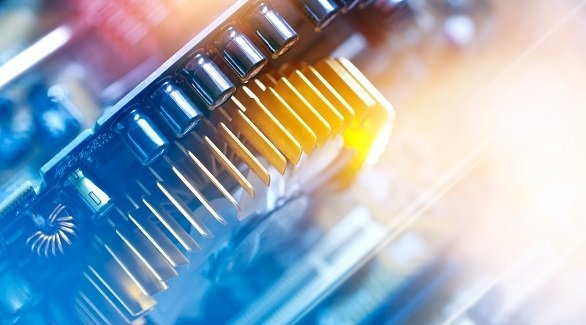
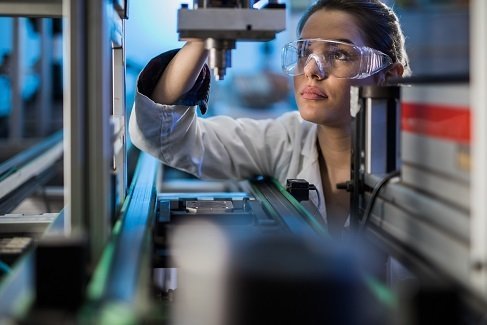
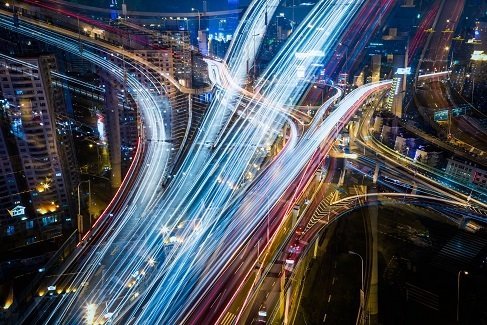
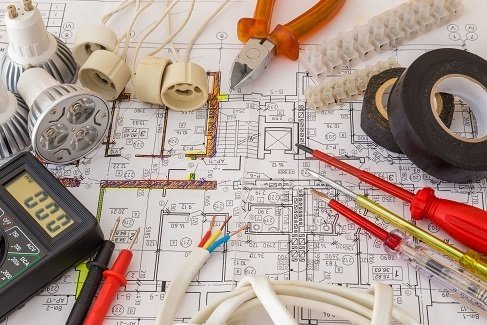
Leave A Comment
You must be logged in to post a comment.